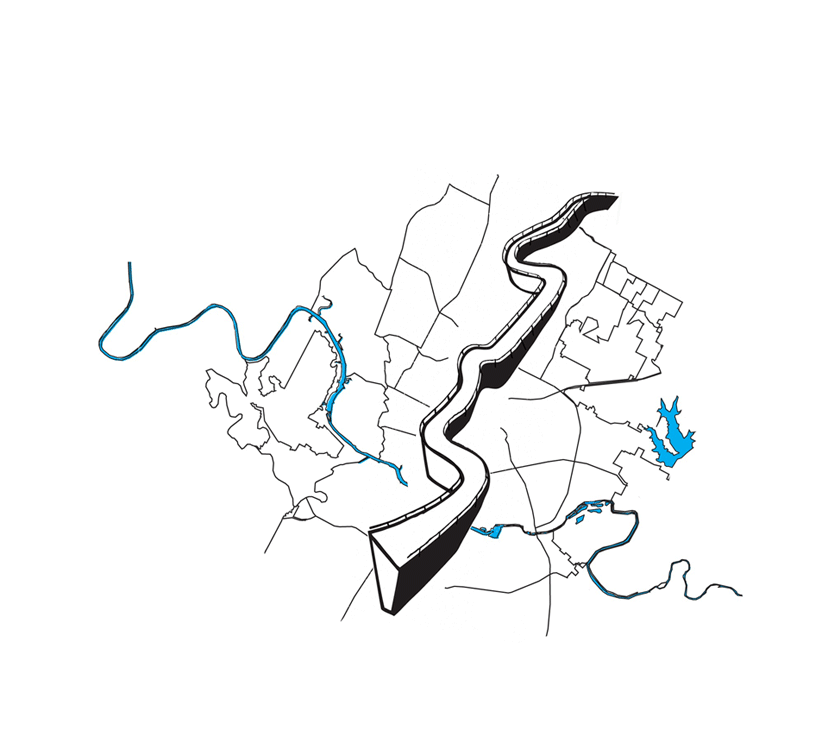

Austin’s history of racism (like that of any other southern city) is long and unabashed. Mexicans were never first class citizens, but were not directly targeted until they made the mistake of breaking the law forbidding “any white man or Mexican” (note the syntax) from “making associates of slaves” (Humphrey, 10). The entirety of Austin’s Mexican-American population was forced to leave the city limits to present day East Austin for being too involved with slaves and instilling “false notions of freedom” in the slave population.
Although Texas voted overwhelmingly for secession from the Union, sixty percent of the city voted in favor of remaining a part of the confederacy. Productive all-black communities like Masontown, Wheatville, and Clarksville sprang up between 1867 and 1871, after the Emancipation Proclamation and a group of African-American citizens constructed the Freedmen’s Bureau School (Humphrey, 47), the third school in Austin, the first for black people.
Unfortunately, the effects of these progressive events were systematically reversed during the reformation, when Jim Crow laws were instated in the first years of 20th century, and



